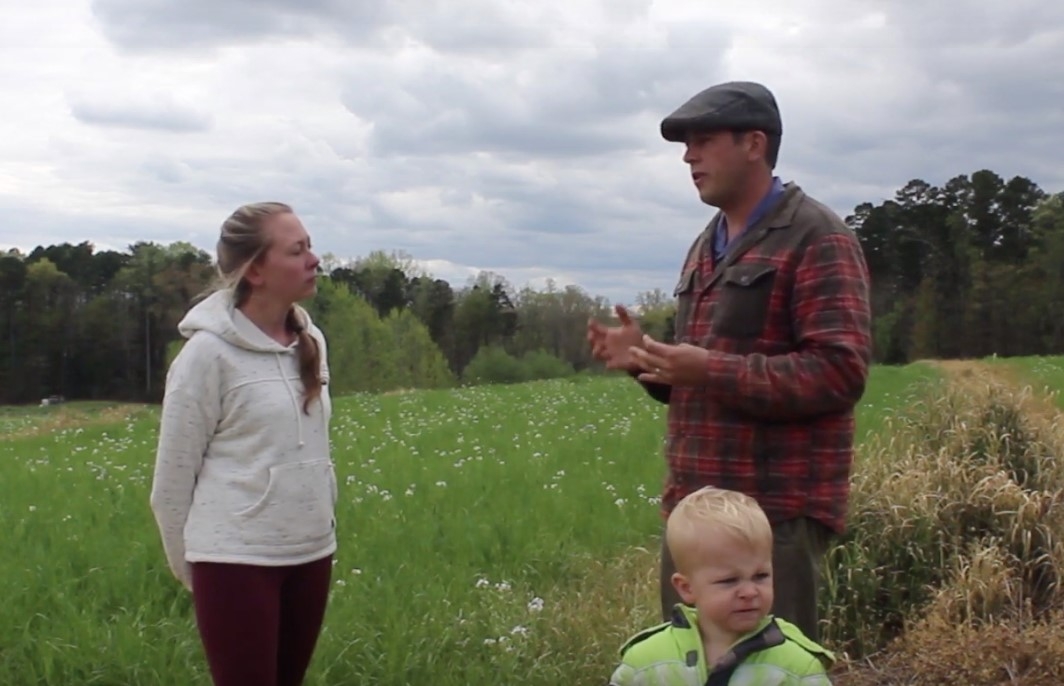Positive framing
What is positive framing? The educator emphasizes the potential for positive solutions or outcomes and draws attention to what can/has/might be accomplished through individual or collective efforts.
What does it look like in practice? Educators highlight success stories or show examples of actions taken by people or communities that result in positive impacts. A program may include interviews with conservationists or scientists, stories that describe positive actions, or a visit to a place that has been improved or restored through individual or collective efforts.
River Center Oyster Reef Ecology Program
This program for students in grades 3-8 is focused on the role of oysters in the Loxahatchee River. Students learn about animals that depend on oyster reefs for habitat and community efforts to rebuild reefs.
At the end of the program, educators describe two successful habitat restoration projects -- a small pilot project and a large-scale project. Near the end of this video (see 24:30 to the end), the educators and partners show and describe what can be accomplished through collective efforts. Below, we summarize this part of the program (either watch the video or read the description below to learn more about the example).
This section of the video describes a multi-agency reef restoration and monitoring project. First, with the help of volunteers, the organization restored oyster habitat beneath residential docks using bagged oyster shells. Volunteers helped collect and bag the oysters and attach them to the docks. After observing animals making homes in the reefs, they expanded the project, placing rocks and shells along the bottom of the river to create even more habitat.
One speaker emphasized that having a thriving oyster reef ecosystem, such as the one they helped restore, creates a ripple effect that impacts the entire food chain, from microscopic organisms to fish that people like to catch and eat.
The speaker conveyed encouragement to program participants, saying: “You can be a part of big things. As you move through your career, maintain relationships. Keep connections because there’s times when collectively you want to work together to accomplish something big.”
In closing, the educator said, “The environment is not a destination, it’s where people live. Humans can have a positive or negative impact on the environment. It is up to us, we can choose.” Before ending the program, the educator prompted students to think of ways they could have a positive impact on their environment today.
By sharing these two examples of projects that improved the ecosystem, the educators helped students really understand how positive changes happen and the ways that different community members participate in those changes.
Gaston County Soil Stewardship
In this program for middle and high school students in Gaston County, North Carolina, students learn about soil stewardship through videos and complete a field investigation prior to a synchronous discussion with the educator.
In this pre-module video, Soil Ecosystem Services and How to Protect Them, (view from 6:34 - 8:17), an educator and a farmer discuss how soil stewardship and farming can help sequester carbon and combat climate change.
Here are a few key ideas from that video clip:
The educator asks the farmer whether soil stewardship practices could help sequester carbon.
He replies: “Higher carbon concentrations increase the ability of plants to fix carbon. So as carbon concentrations go up, plants can actually absorb carbon quicker and move it down into the soil faster. Now as to whether that can be done on a scale to combat climate change.. Yes, over a long time horizon, and that’s how the carbon got out of the atmosphere to begin with. Plants pulled it out over time and it got buried into the soil. So that same process will happen again, it’s just a matter of time scales… Right now, we’re emitting as a world a lot more carbon than we might be sequestering as farmers.”
Projects that improved the ecosystem

The educator asks: “If more farmers employed more practices to fix more carbon into the soil, incorporate more carbon into the soil, do you think they could make an impact?”
The farmer responds that farms and farm management have the ability to really remove a significant amount of carbon.
The educator summarizes by saying: “So, not only does soil provide nutrients for the food that we eat, it also counteracts climate change by storing carbon… Soil is really dang important!”
The educator uses positive framing by drawing attention to what farmers are doing already to combat climate change and by imagining a larger impact in the future with changes in practice.


